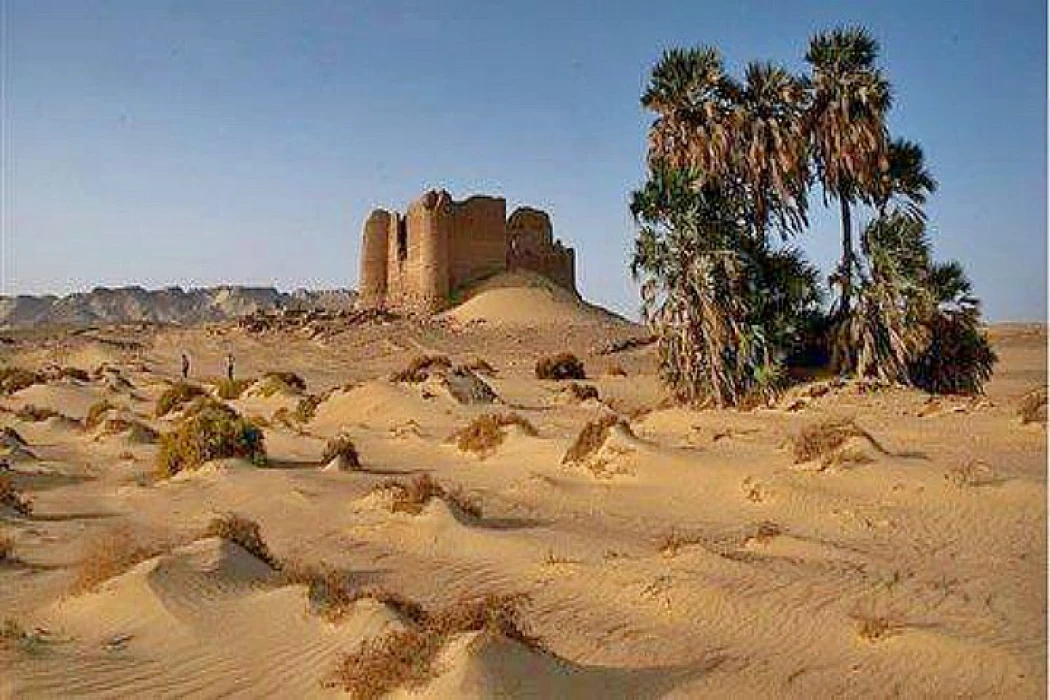
Qasr El Labkha in El Kharga Oasis
Details about El Kharga Oasis's Qasr El Labkha
Situated in the Western Egyptian desert, near the Oasis of El Kharga, lies Qasr El Labkha, a significant archeological site. El Kharga, one of the five major oasis in the Libyan desert, is significant to the history and culture of the surrounding area. The late Greco-Roman ruins in Qasr El Labkha are especially noteworthy because they provide important new light on the oasis's prehistoric past.
El Kharga Oasis is located about 550 kilometres south-west of Cairo, at an altitude of 150 metres above sea level. This oasis is the largest of the western desert oases and has groundwater that allows agriculture in this arid region. El Kharga Oasis is also an important crossing point for the historic trade routes linking Egypt to sub-Saharan Africa.
Qasr El Labkha, dont le nom signifie littéralement "le Palais de la Dépression" en arabe, est situé dans la région nord de l’oasis. Le site est remarquable pour ses vestiges d'anciennes constructions qui remontent principalement à l'époque gréco-romaine et tardive. Il est constitué de plusieurs structures en pierre, dont des ruines de bâtiments, des fortifications et des éléments d'architecture qui témoignent de la richesse historique de l’oasis.
Notable sites and structures
Fortifications and walls: The remains of fortifications at Qasr El Labkha include stone walls that demonstrate the region's defence and protection efforts. These structures served to secure the oasis' inhabitants and resources against invasion and attack.
Public and residential buildings: The site includes the ruins of various public and residential buildings that provide clues to daily life in El Kharga during the Greco-Roman period. Excavations have revealed complex structures, including dwellings, warehouses and public facilities.
Architectural elements: Architectural elements discovered at Qasr El Labkha, such as columns, arches and fragments of statues, illustrate Greek and Roman influences in the construction and decoration of buildings.
Inscriptions and artefacts: Inscriptions in Greek and Demotic have been found at Qasr El Labkha, providing valuable information about the languages and administrative practices of the period. Numerous artefacts, including pottery and tools, have also been discovered, offering further insights into the region's commercial and craft activities.














